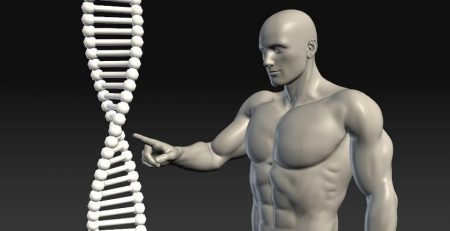Gene scissors can cut unwanted DNA
A possible method of treatment of genetic diseases and lowering the amount of HIV infections could be the result of gene scissors that cut adverse DNA from cells. The trials that have been tested are promising. It was reported by The New England Journal of Medicine that CCR5 genes were cut from those with HIV by the University of Pennsylvania during a stage II clinical trial. CCR5 doesn’t have an essential purpose, but it does let HIV to come into cells. Some people are unaffected by most strains of HIV because they have alleles of the gene that avert it from producing a protein. CD4 T cells were detached and made the CCR5 gene dysfunctional by using zinc-finger nuclease. One of the gene cutting methods are still being tested.
The paper addresses, “One serious adverse event was associated with infusion of the ZFN-modified autologous CD4 T cells and was attributed to a transfusion reaction.” Overall, the outcome was very good. The T cells from the patient was averaged more than three times the preinfusion count after a week of treatment. The cells that were withdrawn, reinjected, and successfully modified survived longer when they returned to the body. “HIV RNA became undetectable in one of four patients who could be evaluated. The blood level of HIV DNA decreased in most patients”, the paper claims.
This is just an example of a ton of progress connecting to the process of cutting unwanted DNA, Popular Science exclaims. Though the University of Pennsylvania focused on removing particular cells from the body externally, there is many experiments working towards different methods that could happen internally. The HIV trial requires technology that are expanding. DNA is binded by Zinc fingers, which are enzymes, with great strength. The first versions looked similar to fingers under a microscope. Researchers have displayed that it is possible to target certain genes by combining several zinc fingers together. Zinc Finger Nuclease is designed to aim towards particular genes and cut them from genetic code. Enzymes bacteria cut viruses from their DNA result in Zinc Finger Nuclease. Cluster Regularly Interspaced Short Palindromic Repeats (CRISPRs) and Transcriptor Activator-Like Effector Nucleases(TALENs) moderately replaced ZFN in research because they target specific genes easily. There is worry that the genes that we really need will be cut. Various methods are being examined. The new shiner scissors haven’t been used inside a human just yet.














